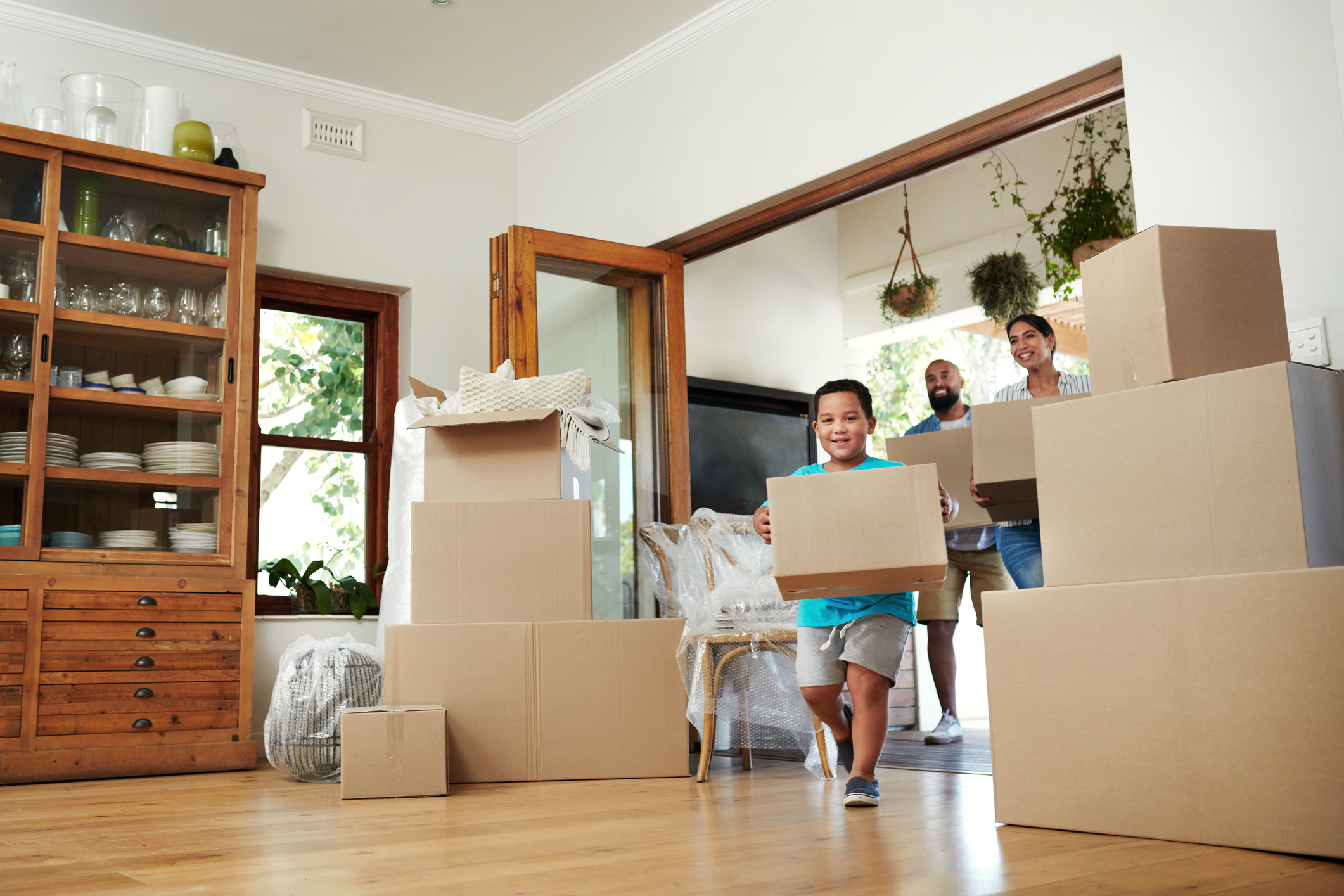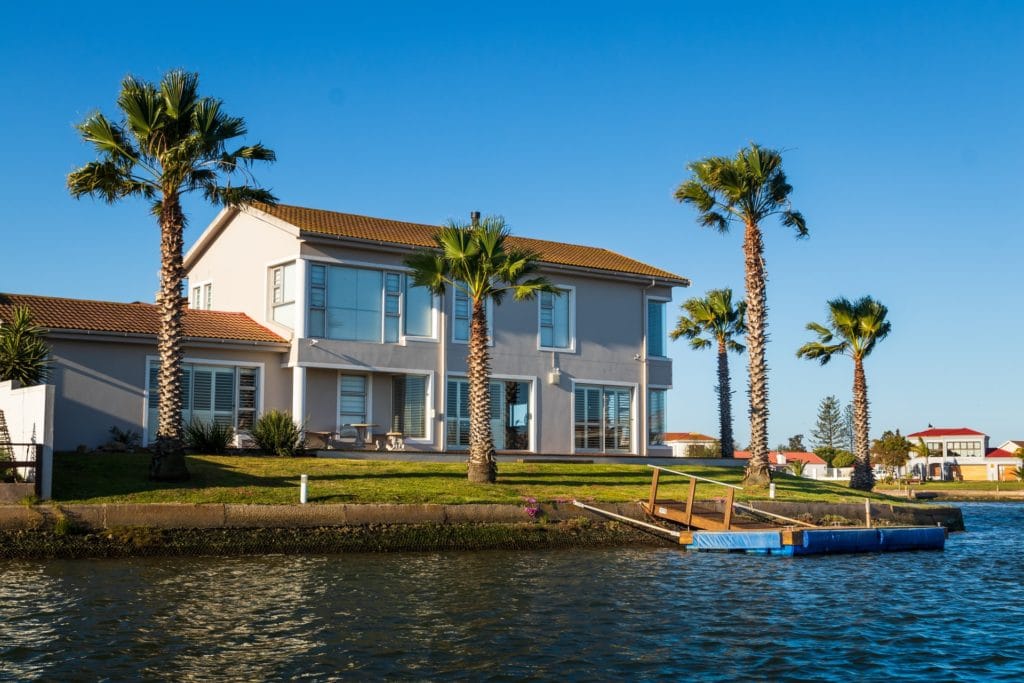Hispanic homeowners narrow home value gap to smallest margin on record

Over the past two years, Hispanic homeowners have made significant progress in closing this gap, which is now at 11.9%, down from 12.1% last year and a peak of 12.4% in December 2021. Historically, the gap was as wide as 18% in 2012, following the global financial crisis, which disproportionately affected minority communities. The recovery was steady until 2021, but recent trends show a positive correction.
Hispanic homeowners often have a larger portion of their wealth tied to their primary residence compared to other racial groups, making them more vulnerable to home value fluctuations. Encouragingly, more than two-thirds of the 100 largest metro areas have seen a decrease in the home value gap for Hispanic homeowners over the past year. Notable reductions occurred in major Florida markets such as Miami, Orlando, and Tampa.
In metros with larger-than-average Hispanic/white home value gaps, 31 out of the 40 largest metros reduced their gaps by more than the national average. Los Angeles, which has the largest gap at 32%, saw a reduction of 0.75 percentage points in the past year. Despite these improvements, challenges remain for Hispanic homeownership. According to Zillow’s 2024 Consumer Housing Trends Report, Hispanics make up 18% of prospective buyers but only 13% of successful purchasers. They face higher fees, averaging $2,812 compared to the national average of $2,072, and have higher mortgage denial rates at 18.8% compared to 10% for non-Hispanic whites, often due to higher debt-to-income ratios.
The broader housing affordability crisis affects many Americans and is driven by factors such as housing supply, procedural friction, and the need to reduce upfront costs. Policies aimed at lowering these costs and improving credit access could help dismantle barriers to housing affordability. The home value gap for Black homeowners has also slightly narrowed to 17.7% from 17.9% over the past year, although it remains wider than mid-2022 (17.2%) and mid-2007 (16.3%).
Homeownership is a key component of wealth building, yet systemic barriers have historically hindered people of color from acquiring homes of comparable value to those owned by white counterparts. Initiatives to improve access to down payment assistance, credit-building programs, zoning reforms, and affordable housing construction and preservation in desirable areas are crucial for continued progress.
The article provides a detailed breakdown of typical home values by race and ethnicity, showing year-over-year changes and home value gaps relative to white home values. It highlights that Hispanic-owned homes have a typical value of $328,283, with a 2.62% year-over-year increase, and a home value gap of 11.9% relative to white-owned homes. The article also includes a comprehensive list of Hispanic home value gaps relative to white home values by metro, illustrating regional variations and changes over one and five-year periods.
The methodology used by Zillow involves aggregating small-area home values, weighted by estimated counts of homeowners by race and ethnicity from the American Community Survey, to estimate relative home values and appreciation by race.





Start the discussion
Become a member of Crib Metrics - Fresh Housing Market Insights and Analysis to start chatting with our AI Real Estate Market Analyst about the article Hispanic homeowners narrow home value gap to smallest margin on record
Already a member?